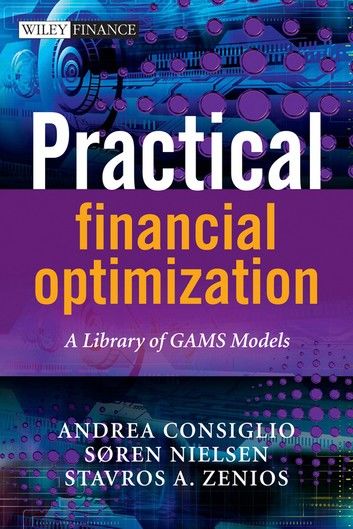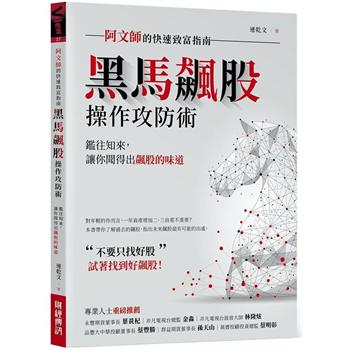| FindBook |
有 1 項符合
Practical Financial Optimization的圖書 |
 |
Practical Financial Optimization 作者:Soren S Nielson,Andrea Consiglio 出版社:Wiley 出版日期:2010-02-05 語言:英文 |
| 圖書館借閱 |
| 國家圖書館 | 全國圖書書目資訊網 | 國立公共資訊圖書館 | 電子書服務平台 | MetaCat 跨館整合查詢 |
| 臺北市立圖書館 | 新北市立圖書館 | 基隆市公共圖書館 | 桃園市立圖書館 | 新竹縣公共圖書館 |
| 苗栗縣立圖書館 | 臺中市立圖書館 | 彰化縣公共圖書館 | 南投縣文化局 | 雲林縣公共圖書館 |
| 嘉義縣圖書館 | 臺南市立圖書館 | 高雄市立圖書館 | 屏東縣公共圖書館 | 宜蘭縣公共圖書館 |
| 花蓮縣文化局 | 臺東縣文化處 |
|
|
In Practical Financial Optimization: A Library of GAMS Models, the authors provide a diverse set of models for portfolio optimization, based on the General Algebraic Modelling System. ‘GAMS’ consists of a language which allows a high-level, algebraic representation of mathematical models and a set of solvers – numerical algorithms – to solve them. The system was developed in response to the need for powerful and flexible front-end tools to manage large, real-life models.
The work begins with an overview of the structure of the GAMS language, and discusses issues relating to the management of data in GAMS models. The authors provide models for mean-variance portfolio optimization which address the question of trading off the portfolio expected return against its risk. Fixed income portfolio optimization models perform standard calculations and allow the user to bootstrap a yield curve from bond prices. Dedication models allow for standard portfolio dedication with borrowing and re-investment decisions, and are extended to deal with maximisation of horizon return and to incorporate various practical considerations on the portfolio tradeability. Immunization models provide for the factor immunization of portfolios of treasury and corporate bonds.
The scenario-based portfolio optimization problem is addressed with mean absolute deviation models, tracking models, regret models, conditional VaR models, expected utility maximization models and put/call efficient frontier models. The authors employ stochastic programming for dynamic portfolio optimization, developing stochastic dedication models as stochastic extensions of the fixed income models discussed in chapter 4. Two-stage and multi-stage stochastic programs extend the scenario models analysed in Chapter 5 to allow dynamic rebalancing of portfolios as time evolves and new information becomes known. Models for structuring index funds and hedging interest rate risk on international portfolios are also provided.
The final chapter provides a set of ‘case studies’: models for large-scale applications of portfolio optimization, which can be used as the basis for the development of business support systems to suit any special requirements, including models for the management of participating insurance policies and personal asset allocation.
The title will be a valuable guide for quantitative developers and analysts, portfolio and asset managers, investment strategists and advanced students of finance.
|










